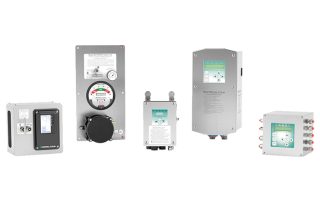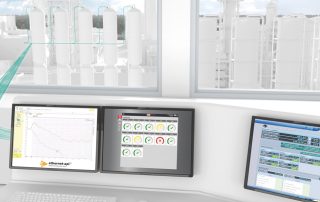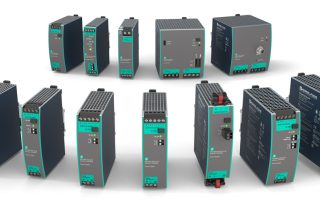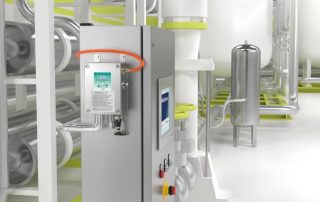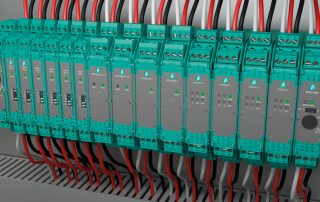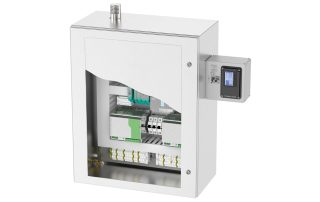Explosion Protection
Learn more about the products and technologies for the electrical explosion protection of your plant on the Pepperl+Fuchs blog. As an innovator in the field of process and plant automation, Pepperl+Fuchs not only enables secure signal transmission from the field to the process control level, but also the fast transmission of large amounts of data from hazardous areas to the cloud via Ethernet-APL. In this section, we go into detail about the use and advantages of explosion protection components for the automation of your processes.
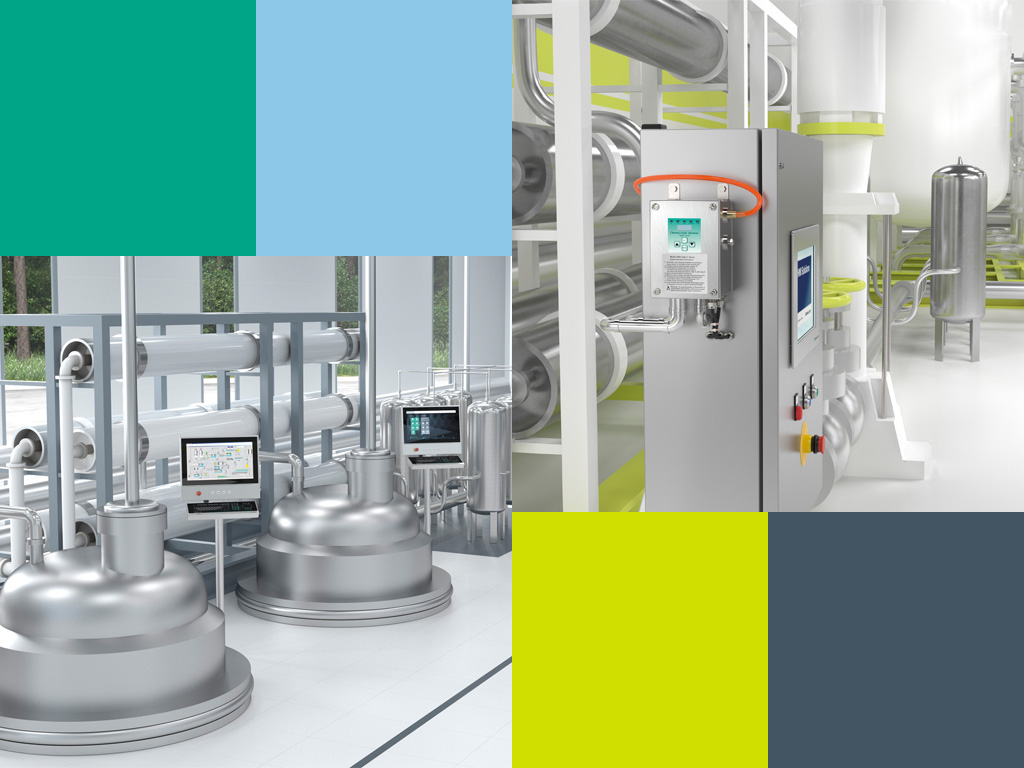
Explosion Protection
Learn more about the products and technologies for the electrical explosion protection of your plant on the Pepperl+Fuchs blog. As an innovator in the field of process and plant automation, Pepperl+Fuchs not only enables secure signal transmission from the field to the process control level, but also the fast transmission of large amounts of data from hazardous areas to the cloud via Ethernet-APL. In this section, we go into detail about the use and advantages of explosion protection components for the automation of your processes.

Ethernet-APL—8 FAQs about Plant Performance with Digital Communication
Ethernet-APL enables continuous communication and fast data transmission from the field level to the process control system and the cloud. As with all modern technologies, questions also arise. We answer eight frequently asked questions about the plant performance with digital communication and what users should look for when building an Ethernet-APL network.
How to Select an Enclosure Protection Vent for Purge and Pressurization Systems
An enclosure protection vent (EPV) is required for purge and pressurization systems. Have you ever wondered why there are several different types of enclosure protection vents for the same purge and pressurization system? In this blog article we will explain why an EPV is required and how to choose the right vent for your purge and pressurization system.
How to Select the Right Purge and Pressurization System
Selecting the right purge and pressurization system to protect your plant from ignition sources in potentially explosive gas or dust atmospheres can be a challenging task. Learn how to choose a purge and pressurization system considering Class/Division or Zone and the features that fit your application needs.
What Is Purging and Pressurization?
Purging and pressurization is a safe and cost-effective type of explosion protection that allows electrical equipment to be used in a standard enclosure in potentially explosive atmospheres. Find out more about the Ex p type of protection and the functional principle of pressurized enclosures in explosive gas and dust atmospheres in our blog article.
RFID in Explosion-Hazardous Areas: Three Examples from the Field
In this blog article, you will gain insight into three application examples that will help you understand the successful and safe use of RFID in hazardous areas.
eDIAGNOSTICS App—Simplifying Mobile Device Diagnostics and Troubleshooting
Intrinsically safe mobile devices have become an integral part in many process plants and hazardous areas. For optimal use and reliability of the Smart-Ex® Series smartphones, we have developed the eDIAGNOSTICS app as technical support for diagnostics and troubleshooting.
Ethernet-APL Simply Explained—How Parallel Communications Work
Ethernet Advanced Physical Layer, Ethernet-APL for short, is the physical layer for transmitting data into the field of process plants. Learn how parallel communication works today and what possible options there are to access data.
SIL 3 Current Drivers for Intrinsically Safe Signals – Minimal Hardware Costs and Improved Test Intervals
Pepperl+Fuchs' innovative SIL 3 current drivers featuring Ex ia control circuits make complex workarounds implementing redundancy via two SIL 2 control circuits a thing of the past. Most importantly, the new isolated barriers can improve the test intervals of SIL 2 shutdowns. Read this blog article to find out exactly how.
PS1000 Industrial Power Supplies in Redundant Architectures up to Zone 2/Div. 2
Industrial power supplies of the PS1000 series are used everywhere in automation technology where high system availability, redundancy and economic efficiency are required. The PS1000 series includes 1- and 3-phase power supplies as well as modules with built-in redundancy and redundancy modules. In this blog article, we take a closer look at the advantages and functionalities of these modules and support you in setting up your redundant power supply.
Setup, Installation and Commissioning of the 5500-MAN Manifold Valve System for Fully Automatic Pressurized Enclosure Systems
In this two-part video series, Chris Romano, Product Manager for Purge and Pressurization, shows you the intended use, setup, installation, and commissioning of the 5500-MAN-** manifold valve system for the fully automatic pressurized enclosure systems of the 5500 and 7500 control units from Pepperl+Fuchs in a live demo. What is the 5500-MAN-** manifold valve system and how does it work with the 7500 or 5500 control unit?
Circuit Fault Detection without Additional Wiring
From the recording of the process variable to the evaluation in the control system, many errors can occur that can lead to unwanted process states. In this blog post you can find out how isolated barriers from Pepperl+Fuchs detect line faults in the signal circuit without additional wiring.
Configuring the 7500 Series Purge and Pressurization System
The 7500 series is a type Z/Ex pzc purge and pressurization system that enables non-rated electrical equipment to be used in hazardous areas. This blog article shows you how to configure the 7500 system components, i.e. control unit, manifold valve, and vent.
Subscribe to our newsletter and receive regular news and interesting facts from the world of automation.


